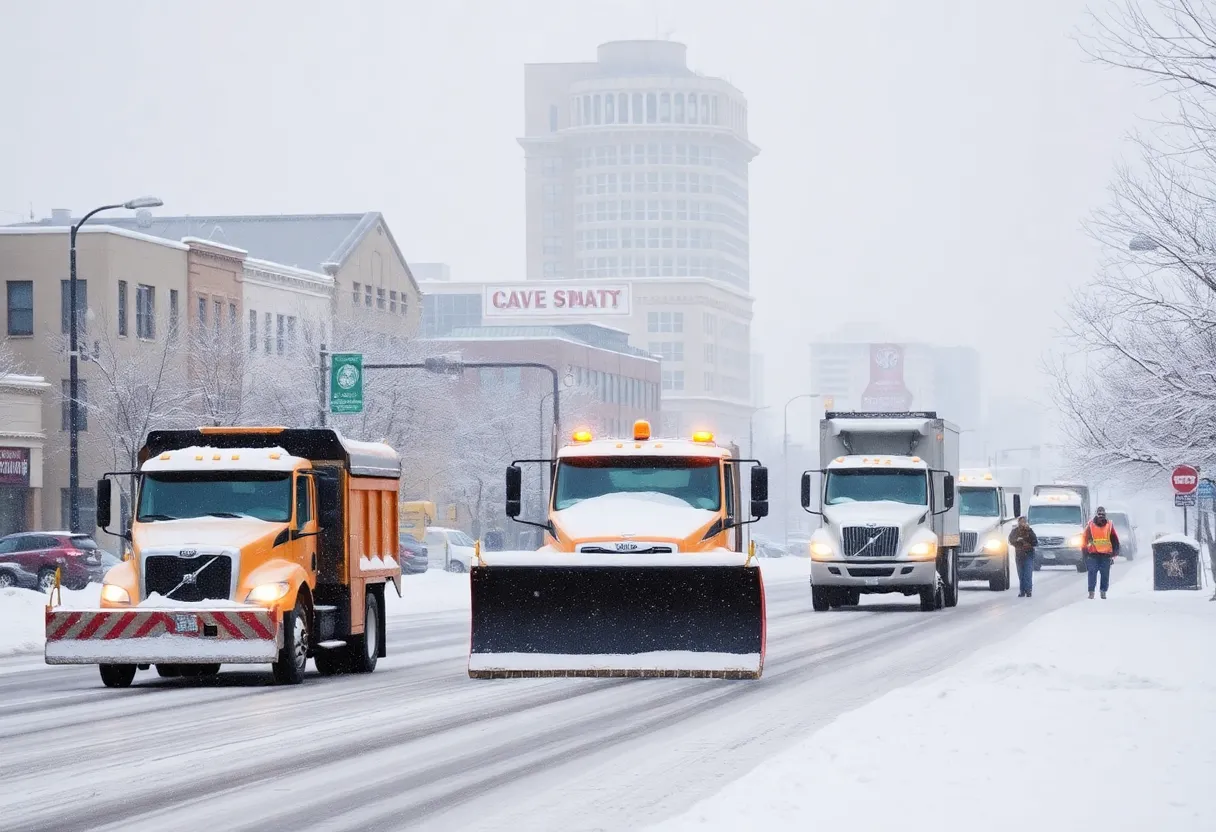Massive Earthquake in Kansas City Triggers by Mine Collapse
Kansas City experienced an unusual phenomenon, a sudden 3.5 magnitude earthquake that shook the city on March 15. After thorough investigation, it was determined that the geological disturbance was not a natural event but was instead triggered by a collapse within a nearby mine. The incident has reignited discussions concerning safety measures and regulations in mining activities.
The Incident
The unexpected tremors registered at approximately 1:46 p.m., startling residents and employees within the vicinity, especially those near the Kansas City International Airport. Following the incident, the United States Geological Survey (USGS) launched a detailed examination to determine the source of the seismic episode.
The earthquake was eventually attributed to a collapse within a mine located just north of Ferrelview. The closest mine to the area, known as the Martin-Marietta Stamper Mine, is accessible from Interurban Road on the east and N. Win Road on the west. Before this revelation, the city was gripped in confusion and concern about potential aftershocks and infrastructure damage.
Understanding the Underlying Cause
The USGS announced that the seismic event was relatively superficial with a depth of around one kilometer. The nature of the wave-dispersion pattern guided investigators to the conclusion of the mining collapse.
In the world of seismology, it is known that human activities, such as mining, can induce small-scale earthquakes. These are referred to as ‘induced seismicity‘. The mining collapse, in this case, caused instability in the underground rocks, releasing energy that resulted in the observed tremors. Despite these human-induced tremors generally being of lower magnitudes compared to natural ones, they still possess the potential to incite panic and cause structural damage, depending on their proximity to populated areas.
Implications and Moving Forward
The earthquake caused by a mine collapse in Kansas City is a stark reminder of the potential risks associated with mining activities. Given the extent of seismic activity felt across the city, the incident raises pressing questions about the robustness of existing safety guidelines and regulations within the mining industry, especially when such operations take place near populated areas.
In the wake of the unexpected earthquake, officials and experts are expected to reassess safety protocols in the mining industry, especially regarding seismic monitoring equipment, structural integrity assessments, and emergency response measures. This event underscores the need for vigilance, robust reactive measures, and the importance of continuous improvement in safety regulations.
As we wait for further developments, the citizens of Kansas City share hopes of learning from this event and taking active measures to prevent similar incidents in the future. To this end, multi-disciplinary collaboration and stringent regulation enforcement will be of prime importance.






